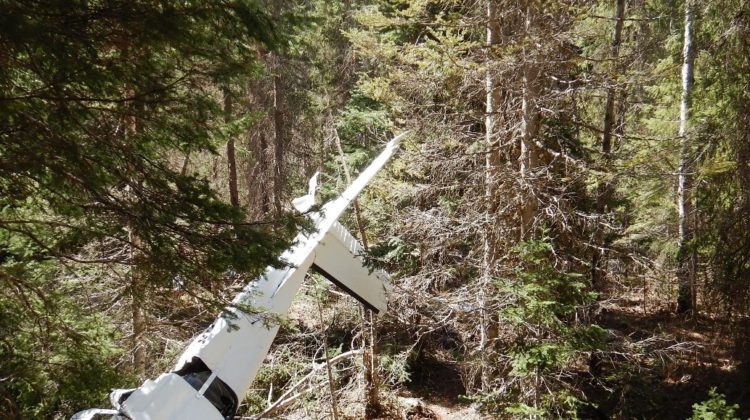The Transportation Safety Board (TSB) determined carburetor ice and engine power loss led to the plane crash that left three people dead last year.
According to a statement, the TSB determined the aircraft was operating at a low engine power setting in atmospheric conditions caused by carburetor icing, which resulted in ice forming in the carburetor, a device that mixes air and fuel for internal combustion.
It was also determined that the aircraft did not have a carburetor air temperature indication system, nor was it required, which is a system that indicates when ice is formed.
On May 4, A Cessna 182E from Lakes District Air Services with four passengers was conducting a fire surveillance flight near Smithers on behalf of the BC Wildfire Service.
Three hours into the flight, The pilot declared Mayday, and communication was lost shortly after.
According to the TSB, the wreckage of the aircraft was found 50 miles north of Smithers near the Babine River.
One crew member survived the crash but two other crew members and the pilot died.
-With files from Lindsay Newman, My BulkeyLakesNow.
Something going on in the Prince George area you think people should know about?
Send us a news tip by emailing [email protected].






